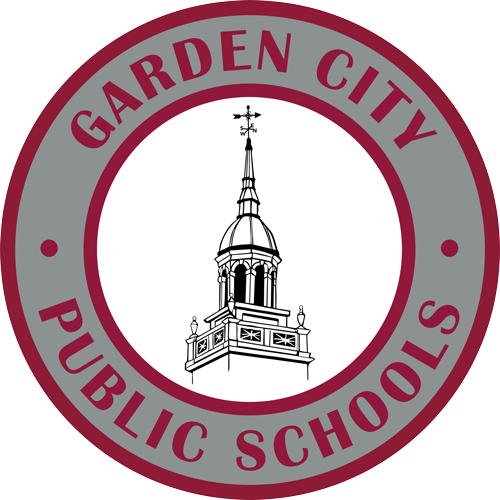Kindergarten Social Studies
Kindergarten Content Overview:
In kindergarten, students study “Self and Others.” Students study themselves in the context of their immediate surroundings. Students will learn about similarities and differences between children, families, and communities and about holidays, symbols, and traditions that unite us as Americans. Students learn about respect for others and the rights and responsibilities of individuals.
Social Studies Practices:
The Kindergarten social studies curriculum emphasizes five key practices, with specific examples of how these practices can be integrated into the classroom:
Gathering, Interpreting, and Using Evidence:
Students learn to use simple tools such as photographs, family objects, or drawings to understand the lives and experiences of people in the past and present. For example, they may look at a picture of a family to discuss traditions or observe photos of historical events like the first moon landing.Chronological Reasoning and Causation:
Kindergarten students start recognizing sequences of events in daily life. For example, they can create a simple timeline of their day, understanding the order of events like "wake up," "eat breakfast," and "go to school." This helps them distinguish between past and present and begin to understand cause and effect in a very basic form.Comparison and Contextualization:
Students compare and contrast their own family with families in different cultures or communities. For instance, they may learn about different types of celebrations (e.g., birthdays vs. holidays in different cultures) and discuss the similarities and differences between their own experiences and others.Geographic Reasoning:
Students are introduced to concepts like "near" and "far" by exploring maps or globes. They might use a map to locate their classroom or home, then compare it with the location of other landmarks in their school or community. A simple activity could involve identifying places like their school, playground, or house and understanding how people use these spaces in different ways.Civic Participation:
Students begin learning about roles and responsibilities within the classroom. For example, they may take turns as the "line leader" or help in organizing classroom materials, which teaches them the importance of being responsible and cooperative. Additionally, they discuss why we have rules in the classroom and school, emphasizing the idea of fairness and safety for everyone.
